Ha Giang is always a mystery to those who are passionate about exploring majestic nature. There are many ways to get to Ha Giang, but for backpackers, they always try to find new routes to approach, such as going from Bac Ha, Lao Cai, following the Chay River through Xin Man to Hoang Su Phi to enjoy the scenery of terraced fields on the mountainside, or riding on the wind of the heroic Highway 4, along the border from Cao Bang straight to Meo Vac.


Perhaps the most interesting thing is to take a boat across Ba Be Lake in Bac Can, to Dau Dang Waterfall, then land at Bac Me, from there follow the Du Gia road up to Dong Van and return to the legendary Ma Pi Leng pass.

Ha Giang is beautiful in every season, that is the opinion of most people who have come here. For me, spring and autumn are when the scenery and cultural features of Ha Giang appear most clearly. Let's start with spring, the most leisurely farming time of the highlands.

The sound of buffaloes urging the plow and the cheerful laughter of the rice-planting workers echoed from the valley. On the road, groups of photographers carried huge lenses and clicked continuously. On the high slopes, Mong families lined up to drop corn kernels into the rocks.

On April afternoons, the mountain slopes are obscured by smoke from burning fields. The cleared mountain slopes reveal the new red soil in the sunlight.

In May, when the water comes, people skillfully lead water into the fields using bamboo poles split in half and stacked on top of each other, hundreds of meters across the ravines. The terraced fields filled with water sparkle like thousands of silver mirrors on the hillsides.


Green until autumn, the hills begin to change their clothes, the terraced fields are bright yellow, photographers eagerly run back and forth to find the green terraced fields to highlight the golden season picture.


The markets are bustling and crowded, the boys and girls in the village are dressed in colorful brocade clothes, competing to show off their talents in the festival. At the gate of the stilt house, peach and plum blossoms are mixed in the morning mist.

The rice barns are full, the corn is hung in rows on the porch, on the kitchen loft. When the cold wind blows, the gray, quiet rocky plateau holds its breath, waiting for just one more breath of wind, then thousands, tens of thousands of buckwheat buds will bloom, the tiny flowers like grains of time gradually changing from green, white, purple, pink, dark purple. Bend down just a little, so that the small flowers are at eye level, you will see the flower fields seem to expand, stretching endlessly on the green mountain background.
Source


![[Photo] Prime Minister Pham Minh Chinh receives Rabbi Yoav Ben Tzur, Israeli Minister of Labor](https://vphoto.vietnam.vn/thumb/1200x675/vietnam/resource/IMAGE/2025/5/21/511bf6664512413ca5a275cbf3fb2f65)
![[Photo] Prime Minister Pham Minh Chinh attends the groundbreaking ceremony of Trump International Hung Yen Project](https://vphoto.vietnam.vn/thumb/1200x675/vietnam/resource/IMAGE/2025/5/21/ca84b87a74da4cddb2992a86966284cf)
![[Photo] Scientific workshop "Building a socialist model associated with socialist people in Hai Phong city in the period of 2025-2030 and the following years"](https://vphoto.vietnam.vn/thumb/1200x675/vietnam/resource/IMAGE/2025/5/21/5098e06c813243b1bf5670f9dc20ad0a)
![[Photo] Determining the pairs in the team semi-finals of the National Table Tennis Championship of Nhan Dan Newspaper](https://vphoto.vietnam.vn/thumb/1200x675/vietnam/resource/IMAGE/2025/5/21/eacbf7ae6a59497e9ae5da8e63d227bf)





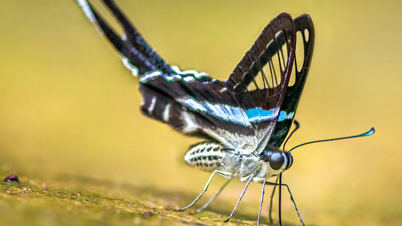
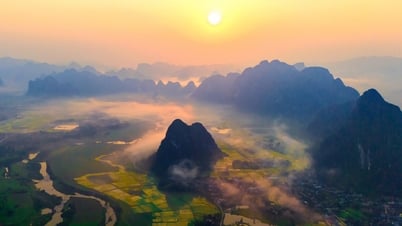

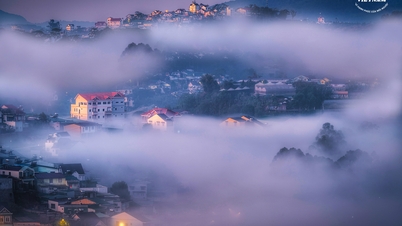







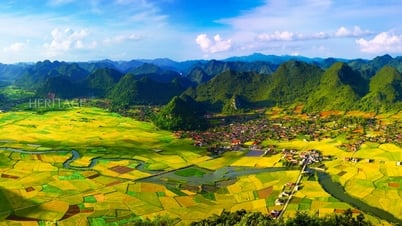

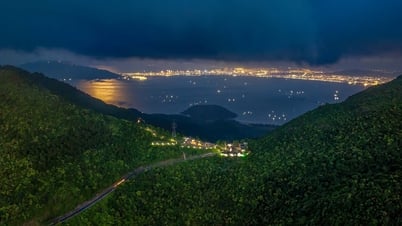














































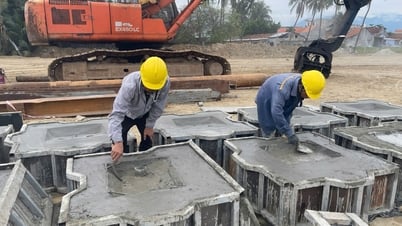





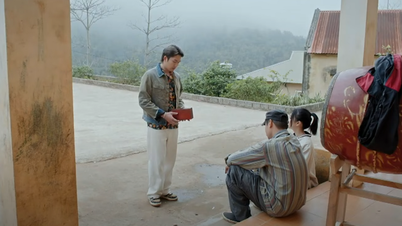

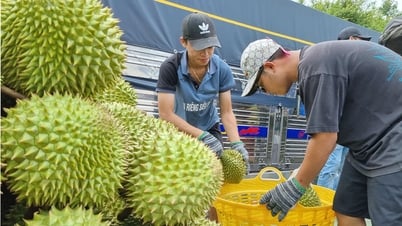















Comment (0)